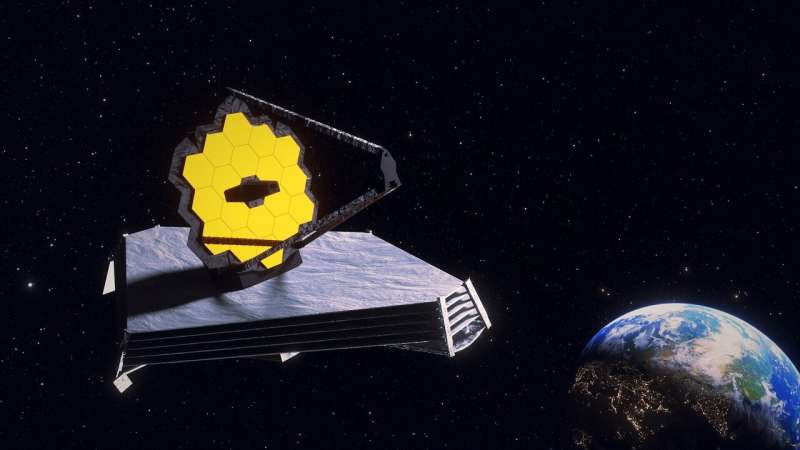NASA Webb micrometeoroid mitigation update

Micrometeoroid strikes are an unavoidable aspect of operating any spacecraft. NASA's James Webb Space Telescope was engineered to withstand continual bombardment from these dust-sized particles moving at extreme velocities, to continue to generate groundbreaking science far into the future.
"We have experienced 14 measurable micrometeoroid hits on our primary mirror, and are averaging one to two per month, as anticipated. The resulting optical errors from all but one of these were well within what we had budgeted and expected when building the observatory," said Mike Menzel, Webb lead mission systems engineer at NASA's Goddard Space Flight Center in Greenbelt, Maryland. "One of these was higher than our expectations and prelaunch models; however, even after this event our current optical performance is still twice as good as our requirements."
To ensure all parts of the observatory continue to perform at their best, NASA convened a working group of optics and micrometeoroid experts from NASA Goddard's Webb team, the telescope's mirror manufacturer, the Space Telescope Science Institute, and the NASA Meteoroid Environment Office at NASA's Marshall Space Flight Center in Huntsville, Alabama.
After thorough analysis, the team concluded the higher-energy impact observed in May was a rare statistical event both in terms of energy, and in hitting a particularly sensitive location on Webb's primary mirror. To minimize future impacts of this magnitude, the team has decided that future observations will be planned to face away from what is now known as the "micrometeoroid avoidance zone."
"Micrometeoroids that strike the mirror head on (moving opposite the direction the telescope is moving) have twice the relative velocity and four times the kinetic energy, so avoiding this direction when feasible will help extend the exquisite optical performance for decades," said Lee Feinberg, Webb optical telescope element manager at NASA Goddard.
This does not mean that these areas of the sky cannot be observed, only that observations of those objects will be more safely made at a different time in the year when Webb is in a different location in its orbit. Observations that are time critical, such as solar system targets, will still be done in the micrometeoroid avoidance zone if required. This adjustment to how Webb observations are scheduled will have a long-term statistical benefit.
The team will implement the micrometeoroid avoidance zone starting with Webb's second year of science, or "Cycle 2." More information and guidance for Cycle 2 is available on JWST Observer News.
Provided by NASA




















